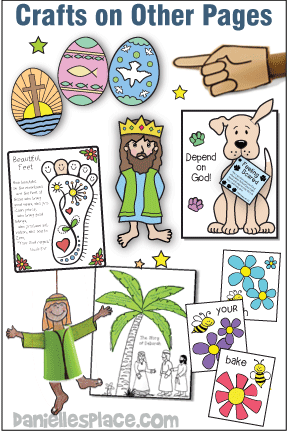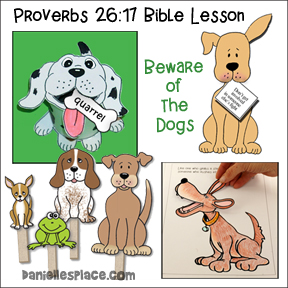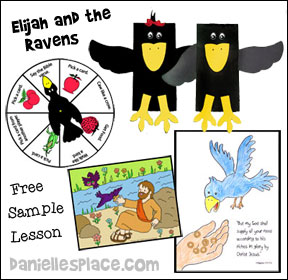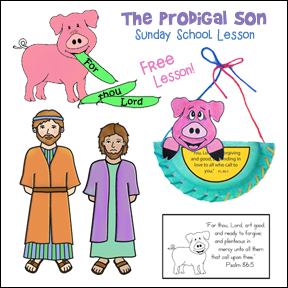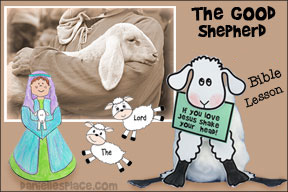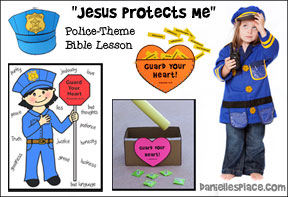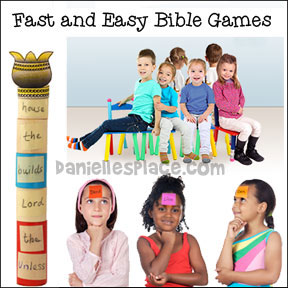Bug Buddies Studies - Back Yard Bug Club
Twelve Lessons about Bugs and Biblical Concepts
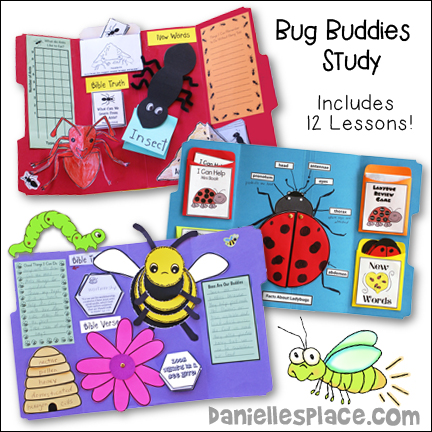
This Christian-based set of studies introduces children to variety of amazing insects. Each lesson emphasizes a Biblical concept relating it to a specific insect, and encourages children to dig deeper and learn more about insects. They are child-directed, designed to get them questioning and digging for the answers, and encourages them to use their creativity.
These studies do not throw out a lot of facts which your child is expected to memorize. Children learn through investigation, hands-on activities, games, repetition, and creating. They can create file folder books for each study to help them remember and categorize what they have learned. They will will also enjoy looking back at what they have learned, and sharing it with others.
The name of this series, "Bug Buddies", was chosen because the Bible tells us that all the things God created are good. Although creation has changed since the "fall" and disease and death have been introduced, we can still find good in all God's creation, even in mosquitoes and poisonous spiders.
These studies are great for home school because they can be adapted to any age level. By sharing books and information about each insect with your children, and helping them find the answers to their questions, children at any level can learn a great deal at their own level. The studies not only teach scientific concepts, but incorporate biblical concepts, and emphasize how wonderful God's creation is.
Bug Buddies Studies Include:
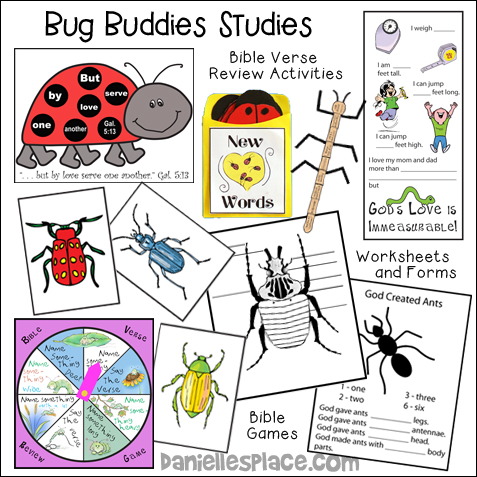
1. Short Lesson about an insect and how it can be related to a biblical concept.
2. Biblical Truth Activities.
3. Bible Verse Activities - Games, manipulative, etc.
4. New Words Activities - Children make mini shape books and games to help them review new words.
5. Hands-on Learning Activities: Crafts relating to the lesson including: coloring sheets, 3D and paper models of the bug, habitat, etc.
6. Digging In: Experiments relating to the insect, worksheets and forms,suggested books to read with related activities, and suggested web sites to check out.
Copyright 2000, Digital by Design, Inc. - See Copyright Information
Studies Included in this Series
Study 1 - Introduction - Seek and Find

Biblical: God is a lot like the bugs around us. We don't often see bugs but we know they are there because we see signs of them all around us. We can't see God, but we can know he is there because we can see his wonderful creation.
Scientific: Children learn the difference between insects and spiders, and where to look for all types of bugs.
Copyright 2000, Digital by Design, Inc. - See Copyright Information
Study 2 - Goliath Beetle -The Best Kind of Armor
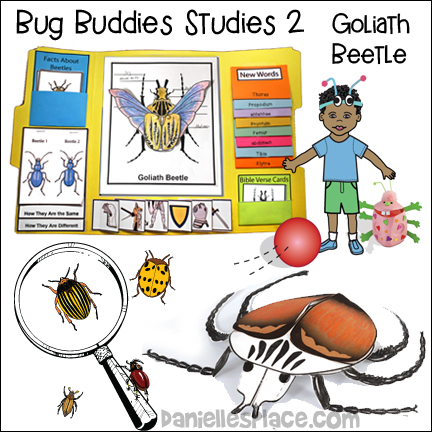
Biblical: God gave insects armor to protect them from their enemies. He has also given us armor to protect us from our enemies.
Scientific: The Goliath beetle's exoskeleton is like a suit of armor that protects its body.
Copyright 2000, Digital by Design, Inc. - See Copyright Information
Study 3 - Water Strider - Keep Your Eyes on Jesus
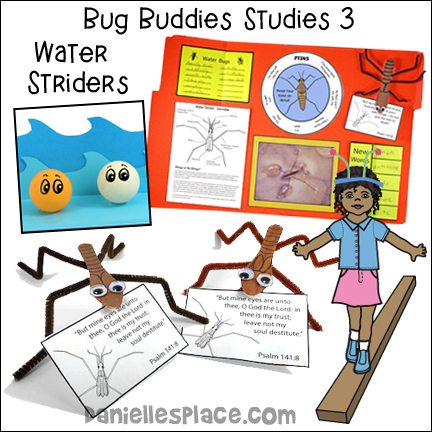
Biblical: Jesus is the Son of God. When we keep our eyes on Jesus instead of focusing on our problems, he will give us the strength we need to face our fears.
Scientific: God designed water striders so they can easily float on water. They are very light and their feet are covered by microscopic hairs that form air bubbles that repel the water which enable them to float.
Copyright 2000, Digital by Design, Inc. - See Copyright Information
Study 4 - Golden Tortoise Beetle - Changing Colors
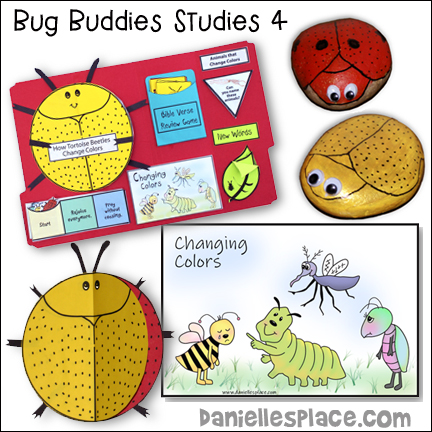
Biblical: Golden Tortoise Beetles change their colors when they are disturbed or stressed. People can also change their colors, or act differently in different circumstances. Jesus wants us to always act like Christians and stand up for what is right no matter what the circumstances.
Scientific: Children learn how and why Tortoise Beetles change colors and look at other animals that change colors.
Copyright 2000, Digital by Design, Inc. - See Copyright Information
Study 5 - Honey Bees - Created for a Purpose
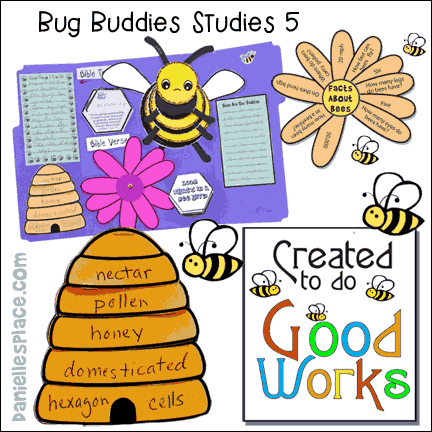
Biblical: God created bees for a special purpose. They each have an important job. God loves you and knows you, and created you to do good works.
Scientific: Bees are very important to us. They help pollinate the flowers of plants that produce much of the food we eat.
Copyright 2000, Digital by Design, Inc. - See Copyright Information
Study 6 - Ants - Consider the Ants
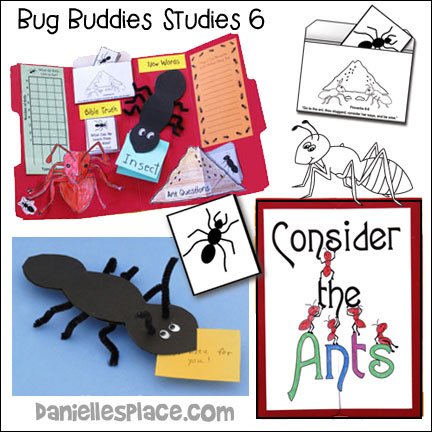
Biblical: We can learn from the ants and become wise. The ants do their work even when they don't have someone telling them what to do.
Scientific: Every ant in the colony has an important job to do. They work together for the good of the colony.
Copyright 2000, Digital by Design, Inc. - See Copyright Information
Study 7- Walking Stick Bug - Standout for Jesus!
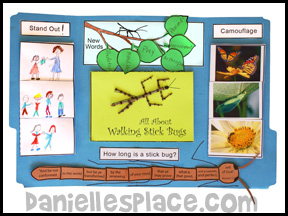
Biblical: Jesus doesn't want us to be like stick bugs that blend in to their environment. He wants us to be an example to others. We should not be conformed to this world, but stand out so that others will see Jesus shining through our lives.
Scientific: God created stick bugs to look like twigs and branches so they would be hard to see. This protects them from predators or hides them from potential prey.
Copyright 2000, Digital by Design, Inc. - See Copyright Information
Study 8 - Inchworm - God's Love is Immeasurable
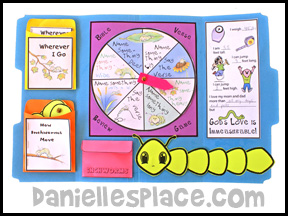
Biblical: We can't measure God's love or ever really understand how much he loves us. It is higher than the heavens, everlasting, never fails, and is priceless. Only his love is perfect.
Scientific: There are many ways to measure and compare things, but nothing compares to God.
Copyright 2000, Digital by Design, Inc. - See Copyright Information
Study 9 - Ladybug - Real Friends
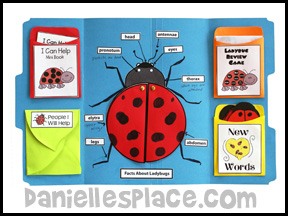
Biblical: Jesus helped many people. He was sent to save the world. We should follow Jesus' example.
Scientific: Ladybugs are helpful insects. People like to see them around because they know that they can help save their plants from being destroyed by aphids.
Copyright 2000, Digital by Design, Inc. - See Copyright Information
Study 10 - Mosquitoes - What Kind of Friend Are You?
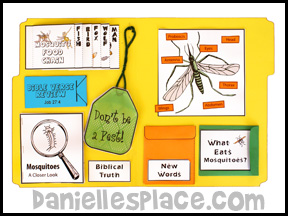
Biblical: True friends are helpful not harmful.
Scientific: Mosquitoes seem like "bad" bugs because they bite and carry diseases, but they are also very important. They provide food for birds, fish, bats, and frogs, and help pollinate flowers.
Copyright 2000, Digital by Design, Inc. - See Copyright Information
Study 11 - Dung Beetle - Work for the Lord
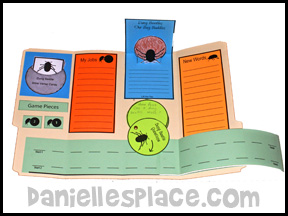
Biblical: Every bug God created has a purpose, and an important part to play in this world. And every person in this world has a purpose and is important. Every job is important in one way or another; and God wants us to do our job to the best of our abilities even if we don't like doing it.
Scientific: Dung Beetles seem disgusting because they use the waste of other animals, but they actually have a very important job. They get rid of waste that would otherwise pile up and cause a lot of other problems.
Copyright 2000, Digital by Design, Inc. - See Copyright Information
Study 12 - Antennae - Feelers
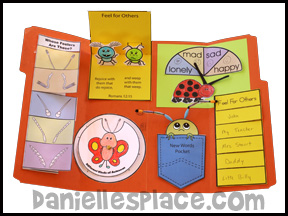
Biblical: Children learn how to have empathy - sharing the feelings of others. Based on Romans 12:15.
Scientific: Children are introduced to different kinds of antennae and learn what bugs use them for.
Copyright 2000, Digital by Design, Inc. - See Copyright Information
I used the Bug Buddies lessons in my Sunday school class, and I have to say, the children loved them. With each study they learned the facts about each bug, and the Bible lessons that went along with each bug were great!
I do believe these kids will forever relate these bugs to the Bible stories they learned. At the end of the series we hosted a “BUG PARTY” for the parents and everyone who wanted to, could come and see.
There were so many bug crafts floating around over the last couple of months I knew they were curious.
Foods Pictured that Went with Each lesson

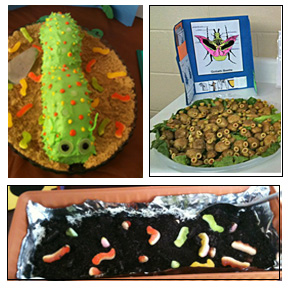
1. Seek and Find Lesson - I made resurrection rolls. They are marshmallows rolled in canned biscuit dough. When baked the marshmallow melts and leaves the center hollow.
2. Goliath Beetle - Cheddar potato skins from Sam’s Club with green olives for the eyes. These were a hit!
3. Water Strider – Punch with plastic bugs floating in it - “BUG JUICE”. Sorry I didn’t get a picture of this.
4. Golden Tortoise Beetle – We had sandwiches with changing-colors gummi bugs on top. We purchased them at Wal-mart
5. Ant Lesson - Cheese balls and crackers in the shape of an anthill. We had plastic ants all around it
6. Stick Bug – Meat rolls with cream cheese and chive filling.
7. Inchworm – Bundt cake cut in half and decorated as an inchworm.. HUGH HIT!
8. Ladybug – We had crackers with cream cheese spread topped with a cherry tomato and black olive and chives to form a ladybug. These turned out great. We also had stuffed cherry tomato’s. We called it bug guts.
9. Mosquito - Pizza rolls.
10. Dung Beetle – Mini sausage balls
11. Antenna Lesson – Dirt cake with gummi worms.
12. Honey Bee – Honey roasted peanuts
Copyright 2000, Digital by Design, Inc. - See Copyright Information
Hi - I just finished our last Bug Study lesson. We used these lessons in our first through fifth grade Sunday morning class. It took us all summer. It was a great series because the children weren't in school during these weeks so they really enjoyed making the lapbooks each week. It also gave them a take-home activity to continue learning on their own when they weren't in school or church. After the second week though, I realized that I would need to pre-make some of the portions of the book for the sake of time constraints, and given that my class has such a wide range of ages. We all had a great summer learning! Thank you! Abby, Courts of Praise, Fairfield, Ohio




